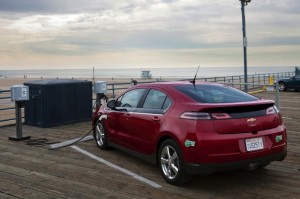 As governments around the world seek to encourage more adoption of zero-emission vehicles like EVs, their leaders often need help determining the most effective policies to encourage demand and lower costs. And now we have some analysis of the efficacy of various approaches.
As governments around the world seek to encourage more adoption of zero-emission vehicles like EVs, their leaders often need help determining the most effective policies to encourage demand and lower costs. And now we have some analysis of the efficacy of various approaches.
The National Association of State Energy Officials (NASEO) has developed, along with Cadmus, a tool for states and localities to assess EV policies and offer regulations that encourage effective growth of both EV charging infrastructure and adoption. Utility Dive reported on the most effective policy:
By far, the rubric assigns the highest weight to vehicle purchase incentives, which could include grants, rebates or tax credits, along with exemptions from sales tax, registration and licensing fees.
Infrastructure is important, too, but not as much as consumer financial incentives. And surprisingly, fleet purchases and other demonstrations aren’t as effective as simply communicating some of the basics around EVs to a population largely unaware of EV technology and its benefits.
Incentives alone are probably not enough to encourage widespread deployment, but if a policy maker had to choose just one…


